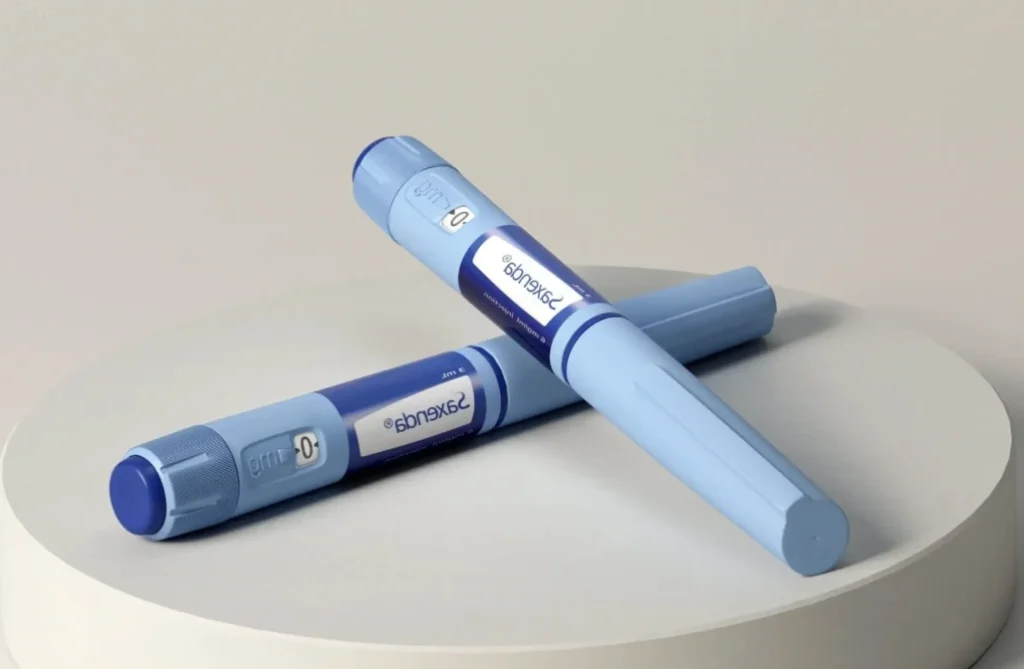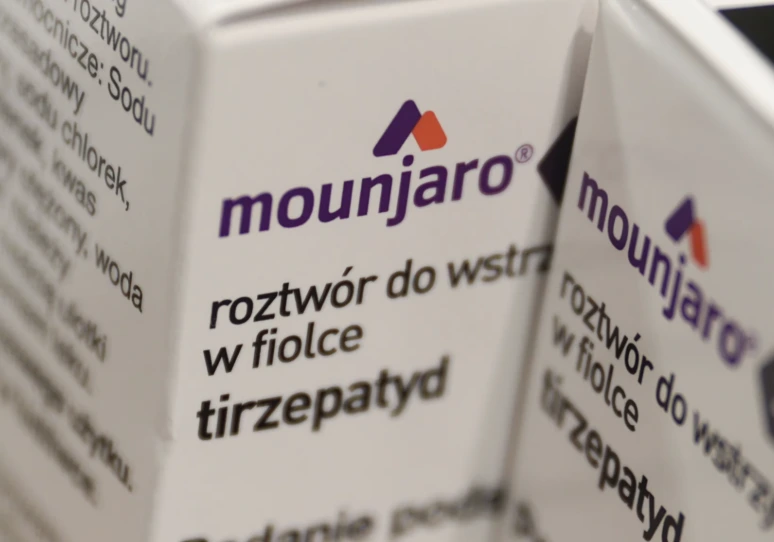
How Much Does GLP-1 Therapy Cost?
GLP-1 receptor agonists, such as Ozempic, Wegovy, and Trulicity, have become popular for managing type 2 diabetes and aiding weight loss. However, the cost of these medications can vary significantly depending on factors like the brand, dosage, insurance coverage, and location.
In this article, we’ll explore the costs associated with GLP-1 medications and ways to make them more affordable.
What Are GLP-1 Receptor Agonists?
GLP-1 (glucagon-like peptide-1) receptor agonists are a class of medications that mimic the GLP-1 hormone. This hormone helps regulate blood sugar levels, promote a feeling of fullness, and slow digestion. Commonly prescribed for type 2 diabetes, GLP-1 medications have also been approved for weight loss in certain cases.
Popular GLP-1 receptor agonists include:
- Ozempic (semaglutide)
- Wegovy (semaglutide, higher dose for weight loss)
- Trulicity (dulaglutide)
- Rybelsus (oral semaglutide)
- Victoza (liraglutide)
The Average Cost of GLP-1 Medications
The cost of GLP-1 medications varies depending on the specific drug and dosage. Below are estimated monthly prices without insurance:
MedicationCost (Without Insurance)Ozempic$900–$1,200 per monthWegovy$1,200–$1,500 per monthTrulicity$850–$1,300 per monthRybelsus$800–$1,100 per monthVictoza$800–$1,200 per month
These prices reflect the retail cost, which may be reduced through insurance coverage, manufacturer coupons, or assistance programs.
Cost With Insurance
Insurance plans can significantly lower the out-of-pocket cost of GLP-1 medications. However, coverage varies depending on the type of medication and the reason for its use:
- For Type 2 Diabetes: Most insurance plans, including Medicare Part D, cover GLP-1 medications for managing diabetes. Co-pays can range from $20 to $200 per month, depending on the plan.
- For Weight Loss: Coverage for weight loss is less common, as some insurers consider weight-loss medications to be non-essential. Patients may need to pay the full retail price.
Pro Tip: Check with your insurance provider to confirm whether GLP-1 medications are covered under your plan and if prior authorization is required.
Ways to Reduce the Cost of GLP-1 Medications
1. Manufacturer Savings Programs
Many pharmaceutical companies offer discount programs or coupons for GLP-1 medications:
- Ozempic Savings Card: Eligible patients may pay as little as $25 for a one-month supply.
- Wegovy Savings Program: Offers discounts for qualifying patients, often reducing costs to $0 for the first month and $25–$99 thereafter.
2. Patient Assistance Programs (PAPs)
If you’re uninsured or underinsured, you may qualify for a patient assistance program, such as:
- Novo Nordisk Patient Assistance Program (for Ozempic, Wegovy, and Rybelsus).
- Lilly Cares Foundation (for Trulicity).
These programs provide free or discounted medications to eligible individuals.
3. Pharmacy Discounts
Pharmacy discount cards or services like GoodRx and SingleCare can lower the cost of GLP-1 medications by up to 80% at participating pharmacies.
4. Switch to Generic Options
While most GLP-1 medications are brand-name drugs, generic versions may become available in the future, potentially lowering costs.
5. Speak With Your Doctor
Your doctor may prescribe a lower-cost alternative or help you navigate insurance hurdles to get your medication approved.
Alternatives to GLP-1 Therapy
If GLP-1 medications are too expensive, other treatment options may provide similar benefits at a lower cost:
- Metformin: A common and affordable diabetes medication.
- SGLT-2 Inhibitors: Another class of drugs for diabetes and weight loss, such as Jardiance or Farxiga.
- Lifestyle Changes: Diet, exercise, and behavioral therapy can complement or replace medication in some cases.
Final Thoughts
GLP-1 medications like Ozempic and Wegovy are effective for managing diabetes and aiding weight loss, but their high cost can be a barrier for many patients. Fortunately, options like insurance, savings programs, and assistance plans can make these medications more affordable.
If you’re considering GLP-1 therapy, consult with your healthcare provider to determine the best option for your health and budget. Be proactive in exploring financial assistance programs to reduce costs and ensure access to these life-changing medications.







































